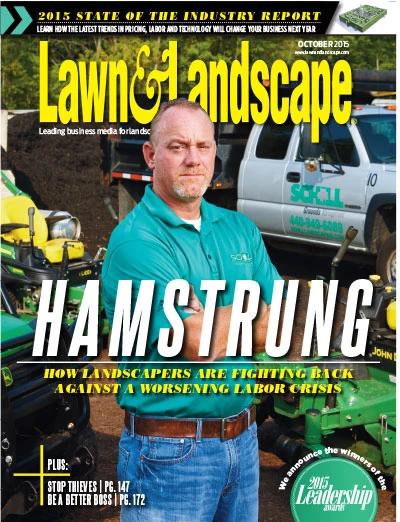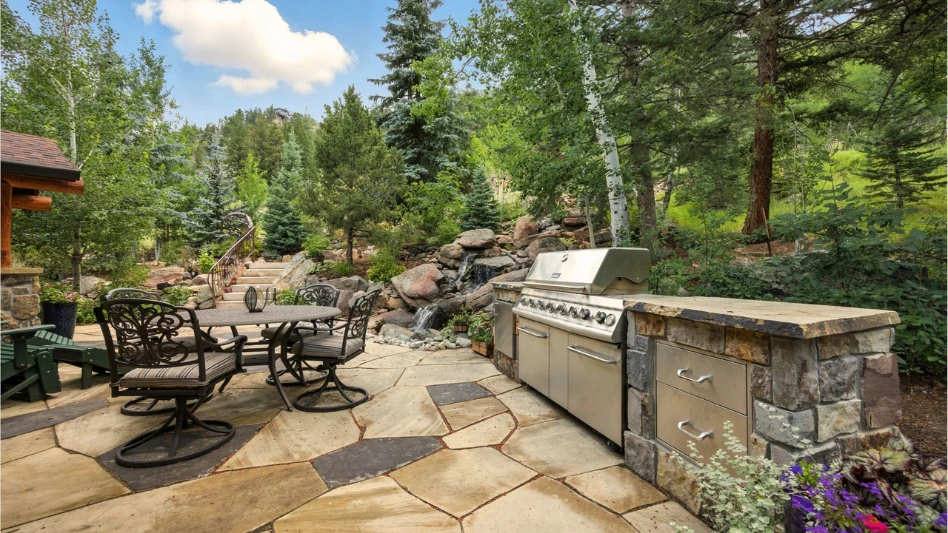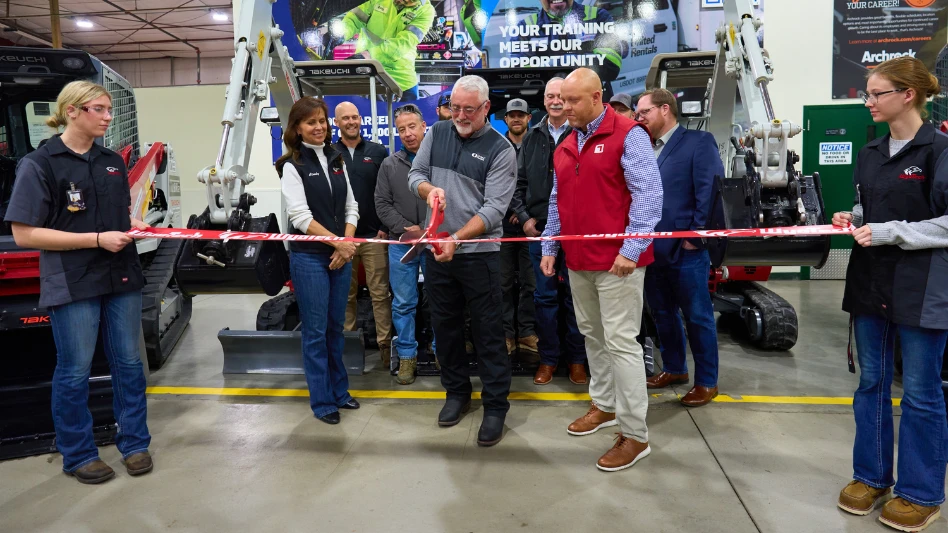 Even the best landscape company, with the most efficient crews, tightest scheduling and fanciest equipment can be ground to a halt by something as simple as a busted drive belt.
Even the best landscape company, with the most efficient crews, tightest scheduling and fanciest equipment can be ground to a halt by something as simple as a busted drive belt.
“When equipment breaks down – and it always will – you need to have parts on hand,” says Peter M. Schepis, vice president of The Greenwood Group in New Melle, Mo. “A machine is not making us any money when it is not in service. You need an established stock of parts that can get equipment back into production as quickly as possible. You also need reliable vendors that can get parts quickly for the parts we don’t normally stock.”
“Just like you wouldn’t want to run around half a day picking up plants, soil amendments and other supplies needed to install a landscape, you wouldn’t want to run around picking up parts for the equipment maintenance and repair side of your business,” says John Newman, president of Classic Landscapes, in Hampton, Ga., who says he budgets one percent of gross revenues to keep extra parts stocked up. But these owners also admit that a well-stocked garage can be costly if not making wise investments in the right parts. As a result, smart planning is critical.
Peter Schepis, Jr., director of Greenwood’s operations says it can be as much as 50 percent savings when buying aftermarket parts.
“There have been times we’ve had to buy parts last minute and that’s painful,” he says. “It can be anywhere from 30 to 50 percent more than what we would have paid in aftermarket parts.”
Overseeing the Stock.
The responsibility of stocking and overseeing parts inventory typically falls to the mechanic, or the operations manager. David Fairburn, owner of North Point Outdoors in Windham, N.H., says his mechanic stocks the shop, but that job is overseen by the operations manager.
“It’s always good to have two sets of eyes on the job,” Fairburn says. “Parts can be costly and it’s important that we’re not over-ordering and having a lot of money sitting on the shelf. But it’s even worse not to have enough parts.”
Bill Trimmer, owner of Professional Grounds, based in Lorton, Va., says the company has had the same shop manager for more than 30 years and he handles all of the ordering.
“Having had the same shop manager that long we feel lucky not to have much turnover in that area, however, we do also employ two additional mechanics,” Trimmer says.
“Great landscape equipment and vehicle repairman are hard to come by so when we find a good one, we do everything we can to keep them engaged and happy in their position.”
 Too much or not enough. Since it’s impossible to predict what parts will fail when, it’s easy to over-prepare – and over-stock – especially if they’re able to get a good deal on parts. Schepis says The Greenwood Group budgets $4,000 per month for parts. For the 40 mowers its crews run, that means more than 120 blades on hand, plus another 30 spares. The same goes for tires and belts.
Too much or not enough. Since it’s impossible to predict what parts will fail when, it’s easy to over-prepare – and over-stock – especially if they’re able to get a good deal on parts. Schepis says The Greenwood Group budgets $4,000 per month for parts. For the 40 mowers its crews run, that means more than 120 blades on hand, plus another 30 spares. The same goes for tires and belts.
Each machine size will use different belts and have different sized tires so they try to keep one or two of each in stock. Other necessities include filters, string trimmer parts, hydraulic hoses, pulleys and some switches.
“You can never have enough tires and belts,” adds Josh Cameron, facility supervisor for The Greenwood Group. “I try to keep at least two of each belt for most machines but there have been times we’ve gone through three or four in a day.”
Cameron says the company’s machines run all day and they’re being pushed to their maximum ability. In fact, The Greenwood Group operates on a seven-day-a-week mowing schedule. Every crew is mowing all week and a lot of “swapping out” occurs as machines go down.
“Since we’re really putting the mowers to work, it’s expected that parts will fail,” Cameron says.” While stocking up on aftermarket parts can be a great way to save money, it’s also possible to take it too far, says Fairburn. If you invest in a lot of parts you never use, you leave a lot of money sitting on the shelf.
“It’s important to keep a good inventory and have a good sense of what parts get the most use,” he says. “It’s absolutely wise to take advantage of those great discounts, you just want to make sure you’re investing wisely.”
Like others, Trimmer has had the most success with aftermarket tires, blades and pulleys. He purchases OEM parts for engines and hydraulic equipment.
But Trimmer says he’s also aware that aftermarket parts are not always “top quality,” depending where they came from.
“It’s important that we pay close attention to the parts we receive and perform our own quality control measures when possible to ensure the parts we are getting are legitimate working pieces that are the same quality you would expect when buying non-aftermarket,” Trimmer says. Ultimately, Fairburn says he believes a well-stocked shop has a good balance of both aftermarket and OEM parts.
“My advice is to save your money on aftermarket parts where it is wise to do so,” Fairburn says. “A good balance of both kinds of parts will give you the best of both worlds and help you to continue operating efficiently.”
Lindsey Getz is a freelance writer based in Philadelphia.

Explore the October 2015 Issue
Check out more from this issue and find your next story to read.
Latest from Lawn & Landscape
- Asplundh Infrastructure Group promotes MacAleese to COO
- Caterpillar's Umpleby III to retire as executive chairman of board
- Breaking down the HighGrove Partners sale to Agellus Capital
- Registration open for the Lawn & Landscape Technology Conference
- OTR Engineered Solutions names Oscar Torres president, CEO
- The rules of M&A are changing
- Our top stories of 2025
- Exscape Group adds 3





